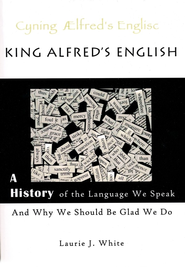SHARON’S BLOG
Could your students use a little help creating outlines? And what does a bowl of salad have to do with outlines?
My husband tells me he always made his outlines after he’d seen what he had written. I imagine this is fairly common.
But is an outline necessary? Not exactly. You can read about my sticky-note method here.
What is important, though, is organizing the material, and that is where students have trouble. They do not want to take the time to organize their thoughts, ideas, or material before they write.
Personally, I benefit from even a casual outline. That way, I don’t have to start with the introduction and work my way down to the conclusion; I have the pleasure of beginning wherever I like, where I feel the most comfortable. Then I can fill in the rest of my article later by using the organized points in my informal outline.
Whether your students use sticky notes or a more formal outline, they’ll benefit from these familiar outline ideas.
Read More



















